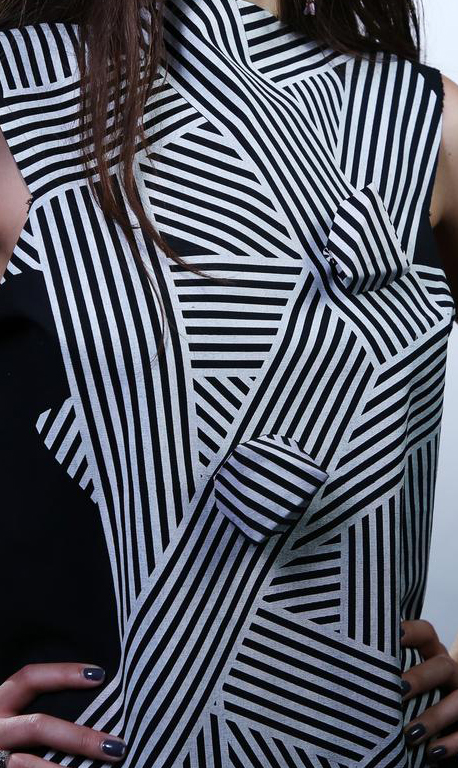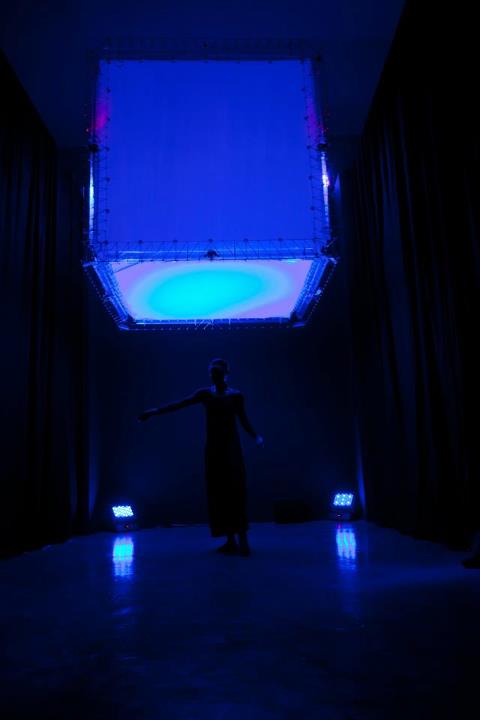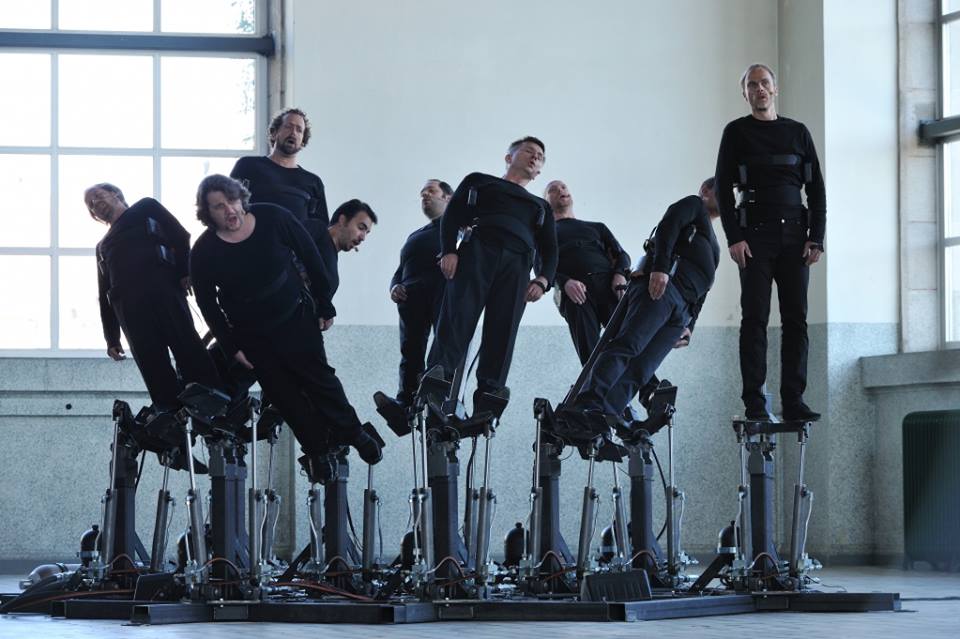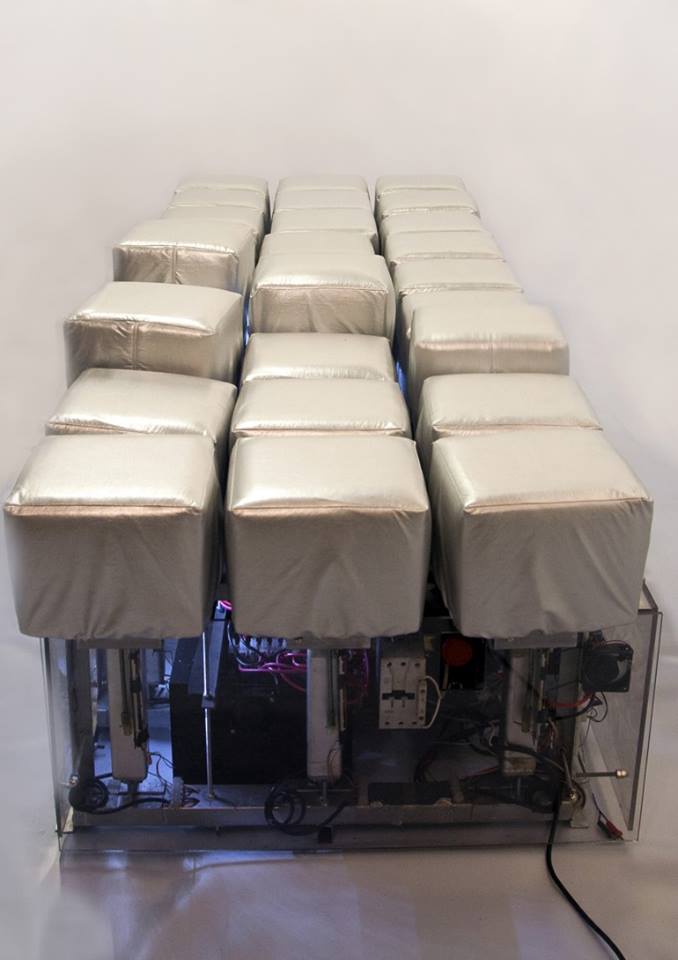
hanson robotics
Sophia the robot
Sofia, le robot humanoïde (android) ultra-réaliste fabriqué par Hanson Robotics, devient le premier robot a obtenir une citoyenneté officielle ! C’est l’Arabie Saoudite qui a officialisé il y a quelques jours l’existence de Sofia, devenant le premier pays à reconnaitre le statut de citoyen d’un robot et d’une intelligence artificielle. Sofia, dont nous avions déjà parlé l’année dernière, est un robot ultra-réaliste capable de tenir une conversation, de reconnaitre les gens et d’interagir avec son environnement, mais surtout possède sa propre personnalité et des expressions faciales réalistes.


















